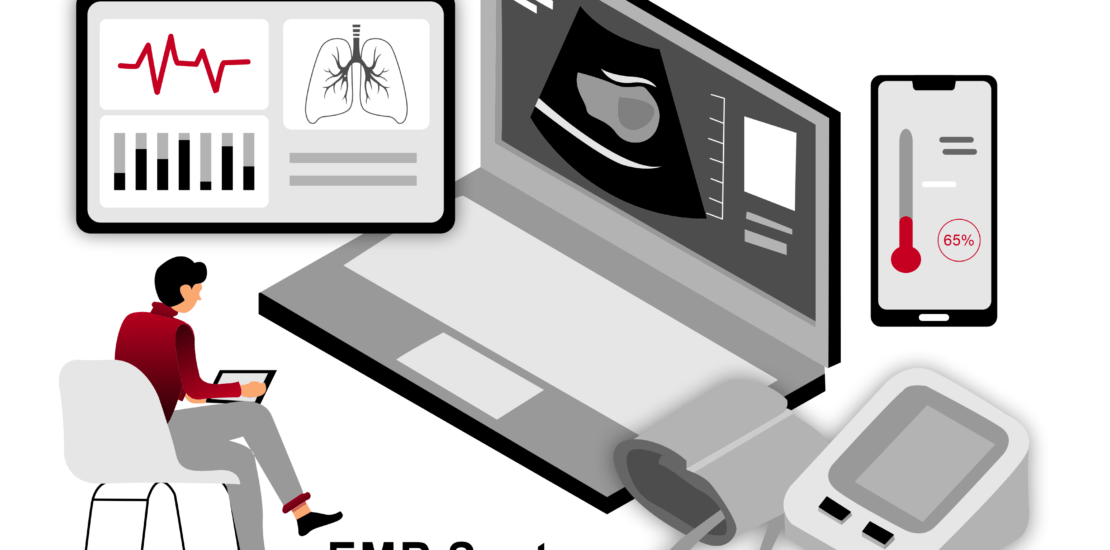EMR System
- December 19, 2023
- Posted by: immensesofts
- Categories:

(Electronic Medical Records) EMR System
Electronic medical record (EMR) systems, defined as “an electronic record of health-related information on an individual that can be created, gathered, managed, and consulted by authorized clinicians and staff within one health care organization,” have the potential to provide substantial benefits to physicians, clinic practices, and health care organizations. These systems can facilitate workflow and improve the quality of patient care and patient safety. Despite these benefits, widespread adoption of EMRs in the United States is low; a recent survey indicated that only 4 percent of ambulatory physicians reported having an extensive, fully functional electronic records system and 13 percent reported having a basic system.
Among the most significant barriers to adoption are:
- High capital cost and insufficient return on investment for small practices and safety net providers.
- Underestimation of the organizational capabilities and change management required.
- Failure to redesign clinical process and workflow to incorporate the technology systems.
- Concern that systems will become obsolete.
- Lack of skilled resources for implementation and support.
- Concern that current market systems are potentially not meeting the needs of rural health centers or federally qualified health centers (FQHC).
- Concern regarding negative unintended consequences of technology.
Recognizing the role that EMRs can play in transforming health care, in 2003, the Institute of Medicine issued a group of eight key functions for safety, quality, and care efficiency that EMRs should support.
- Physician access to patient information, such as diagnoses, allergies, lab results, and medications.
- Access to new and past test results among providers in multiple care settings.
- Computerized provider order entry.
- Computerized decision-support systems to prevent drug interactions and improve compliance with best practices.
- Secure electronic communication among providers and patients.
- Patient access to health records, disease management tools, and health information resources.
- Computerized administration processes, such as scheduling systems.
- Standards-based electronic data storage and reporting for patient safety and disease surveillance efforts.
